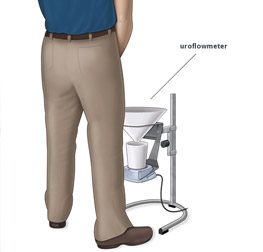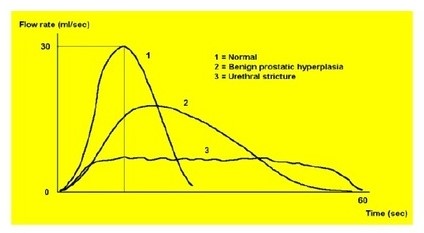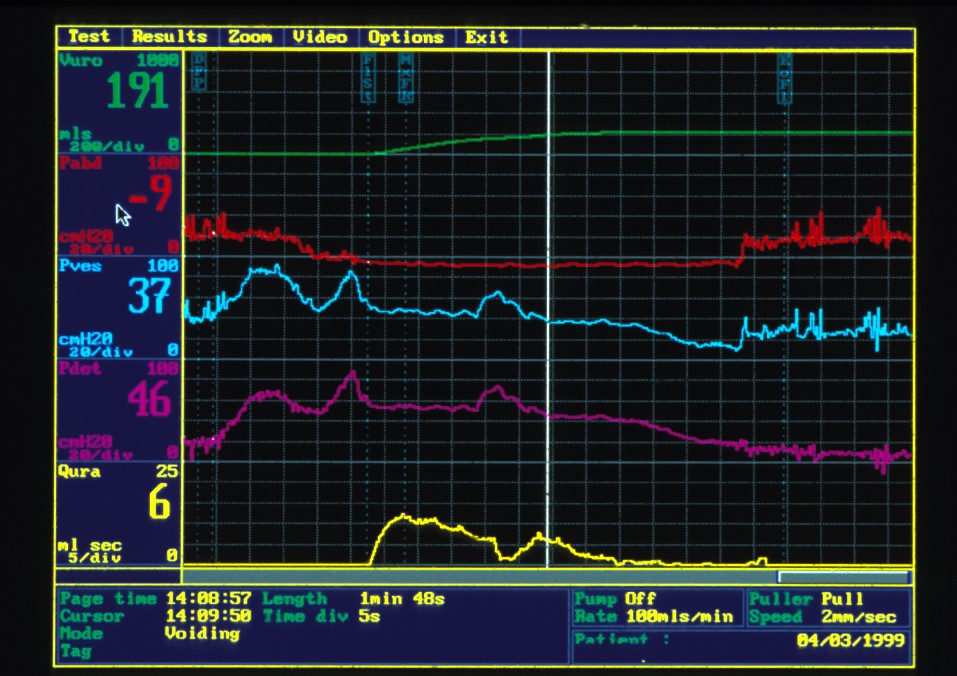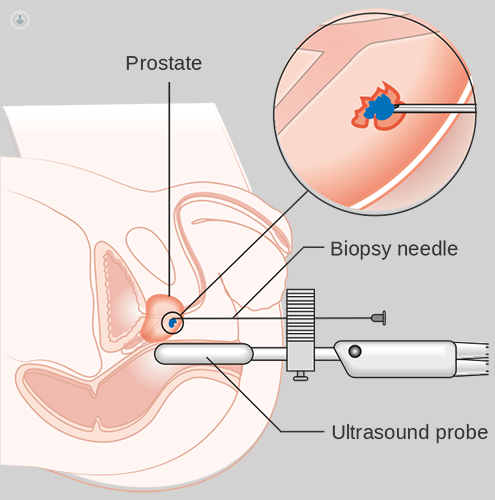General Urology
We offer general urology services for diagnosis and treatment of common urological problems. Please click on the headings below to learn more.
Prostate related
PSA testing
This is a blood test to look at the level of Prostatic Specific Antigen (PSA) in the blood. The results of this test are used to help in the assessment of prostate health including BPH and prostate cancer.
Transrectal ultrasound (TRUS)
An ultrasound probe is inserted into the rectum (back passage) and the prostate and associated ducts are imaged and measured.
Multiparametric MRI scan (mpMRI) prostate

Multiparametric MRI is an technique that offers non-invasive evaluation of the prostate. This technique may allow men to avoid repeated biopsy in the detection of prostate cancer. The scan typically takes around 45 minutes.
Local Anaesthetic Transperineal (LATP) prostate biopsy
Oxford was one of the first places in the UK to have the expertise to offer this under local anaesthetic using the “Precision Point” device so please discuss this with your urologist.
This is a procedure to rule out the presence of cancer. It is typically performed if the prostate is suspicious from PSA testing / rectal examination / MRI scan results. An ultrasound probe is inserted into the rectum (back passage) and the prostate is imaged and measured. Then, under local anesthesia, multiple targeted cores from different locations in the prostate are taken and sent for analysis. Patients are given antibiotics before and after the procedure to reduce the risk of infection. Patients may experience some blood in the urine and in the ejaculate for up to six weeks following the procedure.
Mr Leslie and Prof Lamb were investigators on Oxford’s TRANSLATE Trial which was published in the Lancet in 2025. This was a UK randomised trial comparing transperineal biopsy under local anaesthetic (LATP) to the traditional transrectal (TRUS) biopsy in the detection of prostate cancer. It is an important trial which should have an impact internationally for men having investigations for prostate cancer.
Investigation of Lower Urinary Tract Symptoms (LUTS)
Benign (non-cancerous) or malignant (cancerous) prostate pathology can cause problems with passing urine. Typically patients notice reduced flow, nocturia (getting up at night time to pass urine), increased frequency in the daytime, urgency to pass urine, dribbling after passing urine, hesitancy (waiting to start urinating). If you have any of these symptoms tell your urologist.
Frequency volume chart

The patient records the volume of urine and time of each occasion they pass urine for 3 consecutive days. The patient also records any leakages of urine. This information is helpful in determining the best way to mange LUTS.
Uroflowmetry – Flow rate

The patient urinates into a special electronic instrument (funnel) that measures the strength of the stream, the volume, and length of time one takes to empty the bladder.

Urodynamics

This is an outpatient test, which measures the strength and capacity of the urinary bladder and sphincters. It involves placement of probes into the bladder and rectum and a computer based analysis at various levels of bladder pressure and filling. It is helpful in ascertaining whether the patient’s problem is one of urinary obstruction bladder overactivity or bladder weakness. The test is performed with a specialist nurse and takes about an hour.
Bladder related
Investigation of Haematuria (blood in the urine)

Blood in the urine is often not always a sign of a significant underlying problem. Studies have shown that between 5% and 15% of normal individuals can have some degree of haematuria. However, haematuria can be a sign of a serious underlying problem requiring treatment. These include urinary tract infection, bladder cancer, kidney cancer, urinary stone disease and prostate cancer.
Investigation includes a full history and physical examination, bedside urine test, blood tests to measure the kidney function (and PSA test if appropriate in men), imaging of the kidneys (ultrasound or CT scan) and a flexible cystoscopy to evaluate the bladder.
Cystoscopy

A cystoscope (fiberoptic camera) is inesrted into the urethra (waterpipe) and then into the bladder to visually inspect the lining of the bladder for abnormalities. This is usually performed under local anesthesia. Antibiotics are given prior to the procedure to lessen the possibility of infection. It is not uncommon to have some irritative urinary symptoms (urgency, frequency, hesitancy) for a few days following the procedure as well as some blood in the urine. Occasionally patients may get a urine infection and require more antibiotics.





